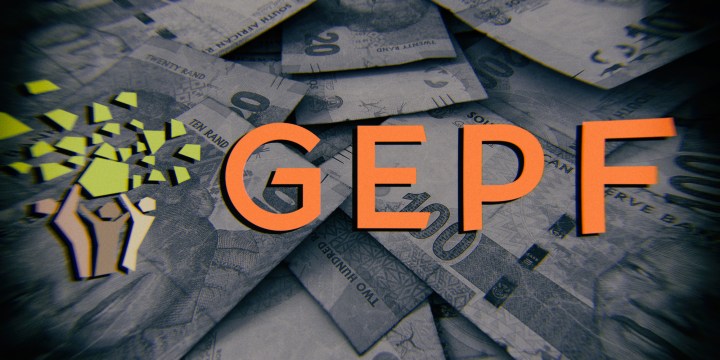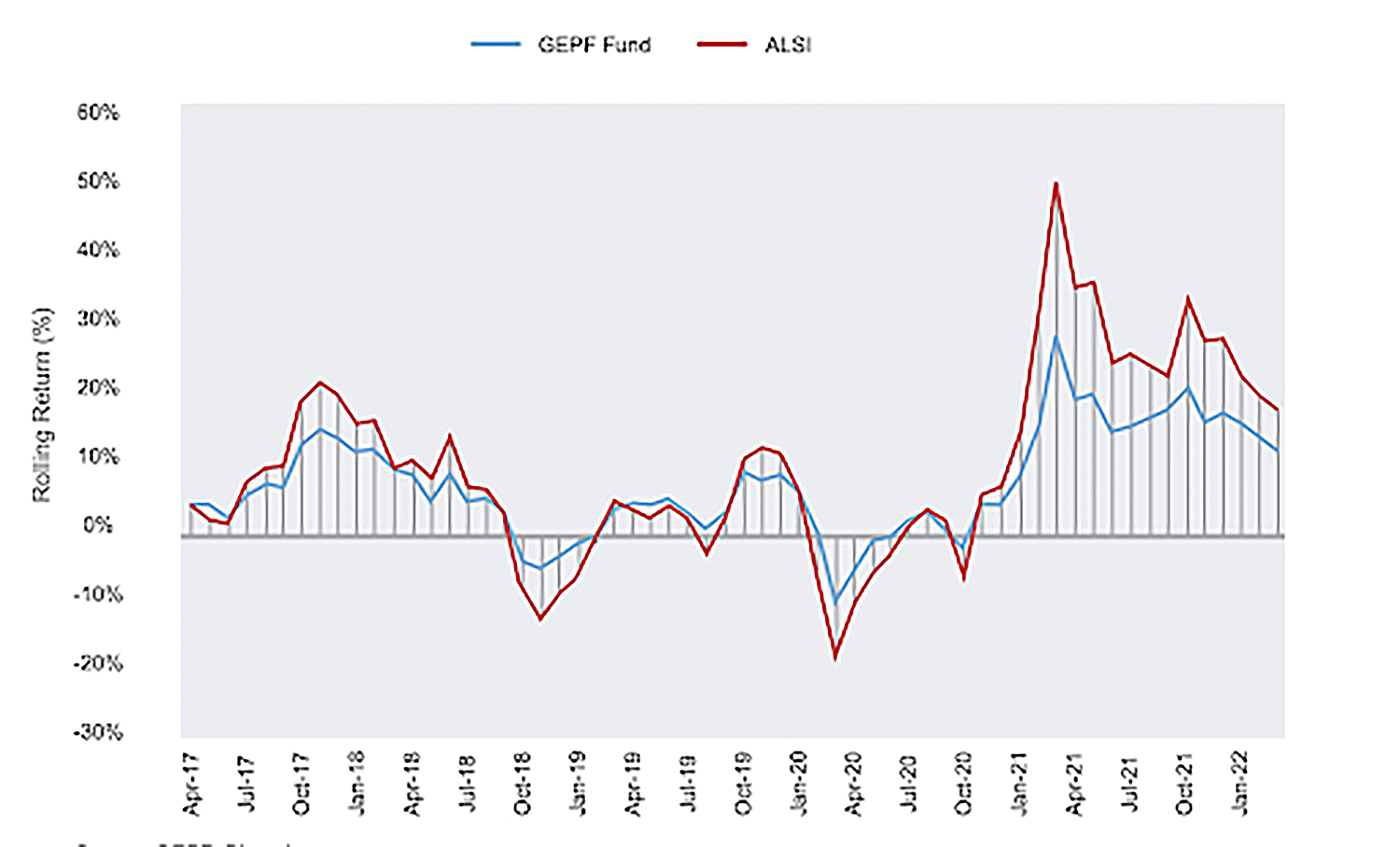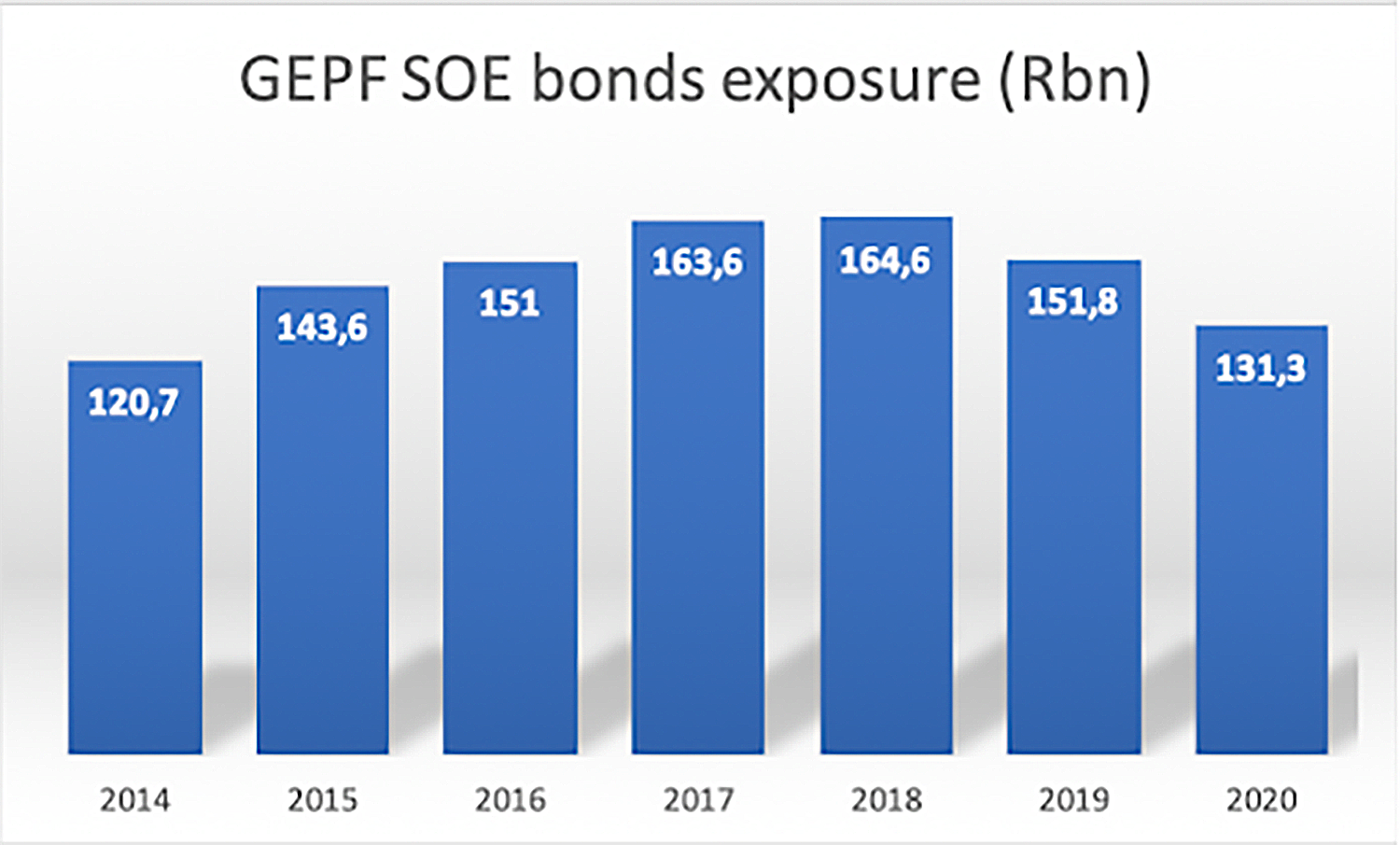BULLISH OUTLOOK
Africa’s largest pension fund, the GEPF, is still backing SA and investments in the country

The Government Employees Pension Fund, which manages R2.24-trillion in pension savings belonging to 1.26 million public servants, is still optimistic about SA’s economy and investment prospects. It is allocating most of its capital to SA-based investments and backing state-owned enterprises.
The continent’s largest pension fund is bullish about investments that are exposed to SA’s economy and has not taken a dim view on state-owned enterprises, despite many being regarded as basket cases.
The Government Employees Pension Fund (GEPF) manages R2.24-trillion in pension savings belonging to 1.26 million public servants. The pension savings are then invested by the Public Investment Corporation into a portfolio of investments in local and international assets — including company shares, property, cash and debt instruments — to generate an investment return for the GEPF. This enables the GEPF to pay out pension benefits to working and retired public servants.
The value of the GEPF’s investment portfolio grew by 9.6%, or an increase of R201-billion, during the 12 months to the end of March 2022, driven by a recovery in financial markets from the Covid pandemic. But the recovery became short-lived after the first quarter of 2022 due to increasing concerns about rising consumer inflation and interest rates and the war in Ukraine. Also improving the GEPF’s financial performance is that the value of pension benefits paid to its public servant members (reaching R136-billion) is lower than the income it generated from investments (about R200-billion).
The GEPF still sees growth prospects in South Africa and is not ready to allocate large sums of investment capital to offshore markets. During a briefing with journalists on Wednesday, the GEPF’s principal executive officer, Musa Mabesa, said the pension fund still generates strong returns from the South African economy and is not in a hurry to pour money into offshore markets.
Visit Daily Maverick’s home page for more news, analysis and investigations
“We will remain invested in South Africa. We are committed to the local economy. Our investments are almost 90% exposed to the South African economy,” said Mabesa.
Since it was founded in 1996, the GEPF has largely invested in SA’s economy. Only 15% of the GEPF’s total investment funds are allowed to be moved into offshore investments — depriving public servants of exposure to rand hedge or foreign currency-denominated returns.
By the end of March 2022, the GEPF had a 10% exposure to offshore investments, mainly in company shares and bonds — a relatively small amount compared with the allocations of other private-sector retirement funds, which can invest up to 30% of their portfolios offshore.
“We will work to allocate to the maximum capital [15%] if opportunities are available. But we will be responsible,” said Mabesa.
If the GEPF retreats from the JSE to increase its offshore investment allocations even by 2%, it will spark a major outflow of funds on the local exchange, given the pension fund’s enormous scale. After all, the GEPF, through the Public Investment Corporation, is the single largest investor on the JSE. (Its investments in JSE-listed companies with a primary listing alone are worth R934.4-billion. Such companies include MTN, Naspers, FirstRand, Sasol, Vodacom, Standard Bank and many other giants).
SA’s perennial poor economic climate has, in the past, eroded investment returns on the JSE for the GEPF. Over the past five years, returns from the local stock market, as measured by the JSE all-share index (Alsi), have been marginally higher than returns from the GEPF’s specific investment portfolio (see below).

Source: GEPF annual report 2022.
The GEPF is also a big backer of state-owned enterprises (SOEs), including Eskom, Transnet, the South African National Road Agency and the Airports Company South Africa. It plans to continue backing such SOEs, even though they remain troubled.
Like other investors, the GEPF purchases the debt (bonds) issued by SOEs on the open market with an expectation of being repaid the purchase amount and interest at a later stage. The purchase of debt effectively helps SOEs to fund their operational activities. The GEPF’s exposure to SOEs fell by 6% (or R8.2-billion) to R126.8-billion in 2022, from R134.9-billion in 2021. (See the trend for other preceding years below.)

Source: The GEPF’s various annual reports.
Even with this decline, the GEPF is still SA’s largest investor in the bonds of SOEs. The decline in the GEPF’s exposure to SOE bonds might be viewed by market watchers as the pension fund voting with its wallet and taking a view against SOEs — especially those that are beset by poor governance and financial problems.
On the other hand, the GEPF said that it is not deliberately reducing its exposure to SOEs, but letting its SOE bonds either mature or not reinvesting its money. Arguably, it is becoming hard to defend giving money to SOEs, considering that their worrying financial position puts them at risk of defaulting on debt repayments.
Land Bank default
In early 2020, the Land Bank, a state-owned agricultural lender, defaulted on debt repayments to lenders worth more than R20-billion including money owed to the GEPF. The GEPF had exposure of at least R3.6-billion to the Land Bank and had to write off some payments from the company that was due to it. The Land Bank has only recently started paying back money owed to the GEPF, beginning with a payment of R766-million.
A day before it published its results on 27 July, Transnet came close to defaulting on a 10-year foreign currency debt of $1-billion (about R16-billion at the time), which was due to be paid on 26 July. A default on this debt would have pushed other lenders (like the GEPF, which holds Transnet bonds worth R17-billion) to call for immediate loan repayments. But Transnet managed to avoid a default scenario at the eleventh hour, raising a loan of $1.5-billion, helping it to pay the loan that matured. The GEPF is not worried about the collapse of SOEs — for now. DM/BM

















 Become an Insider
Become an Insider
Comments - Please login in order to comment.